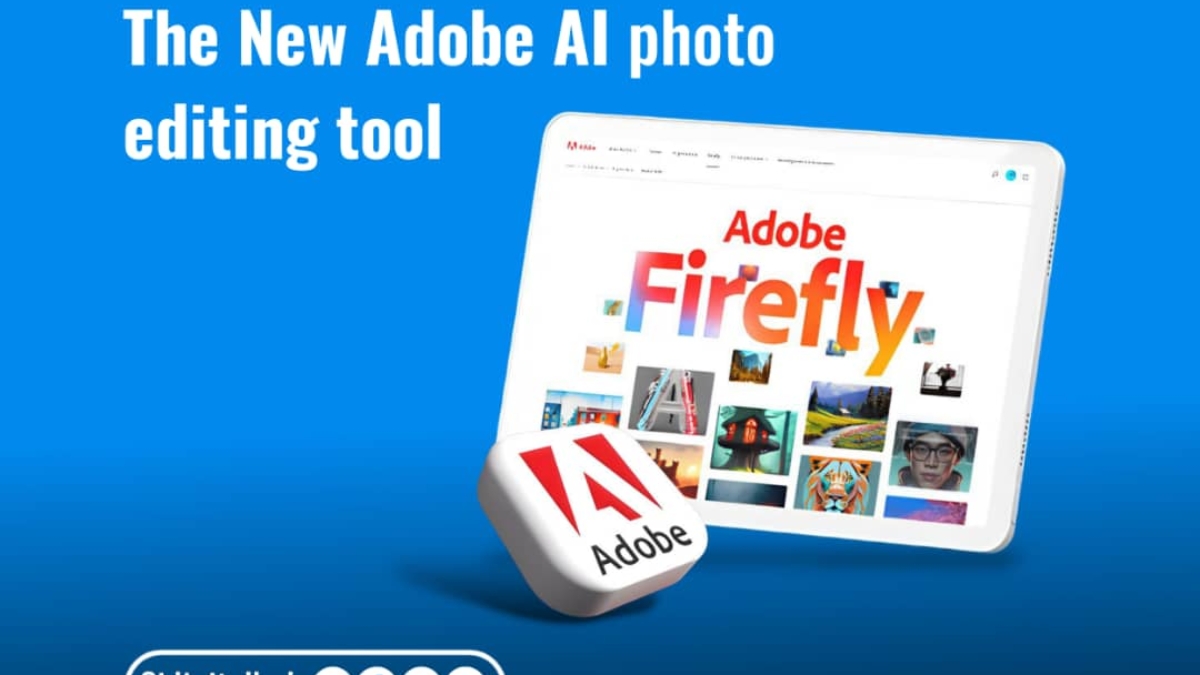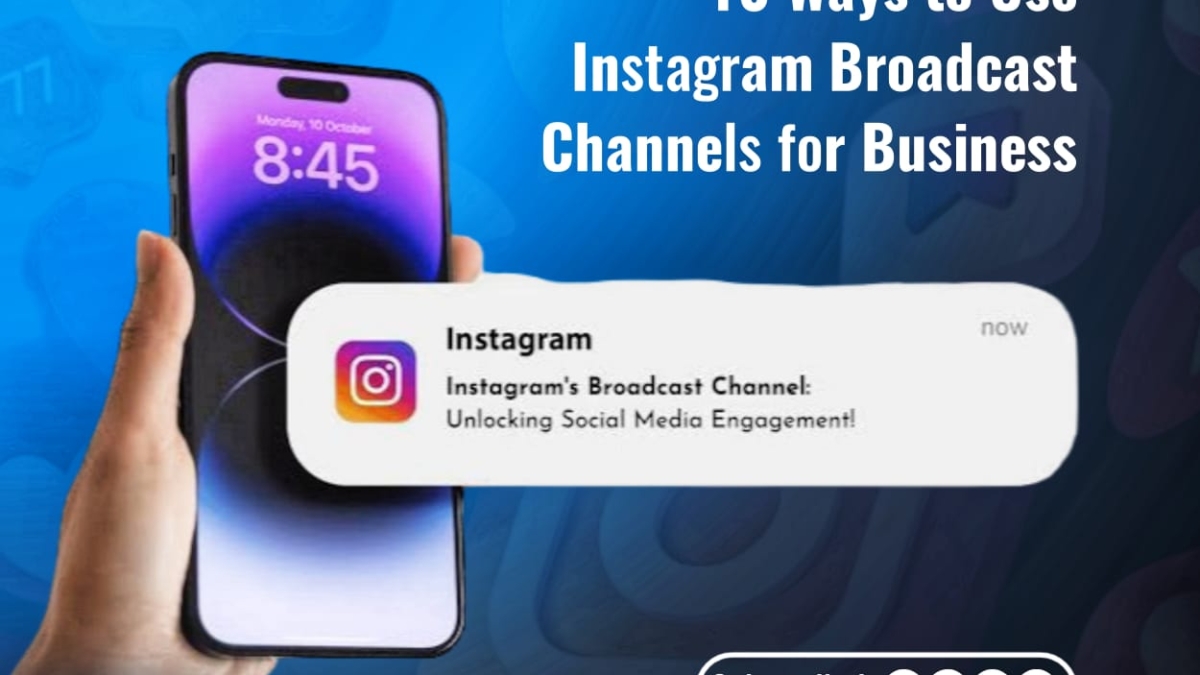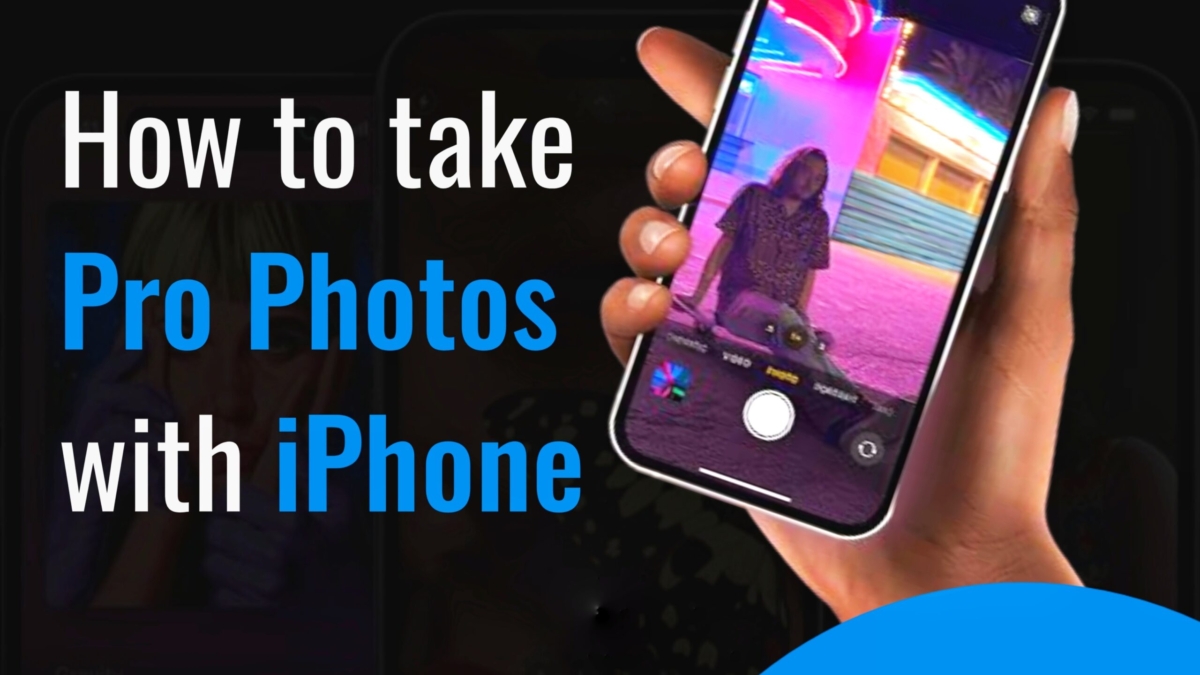Social media marketing has become an essential tool for businesses of all sizes to reach and engage with their target audience. In today’s digital age, social media platforms such as Facebook, Instagram, Twitter (X), and LinkedIn offer a unique opportunity for businesses to connect with their customers, build brand awareness, and drive sales. However, navigating the world of social media marketing can be overwhelming, especially for those who are new to the game. In this ultimate guide to social media marketing, we will break down everything you need to know to create a successful social media strategy for your business.
Understanding Social Media Marketing
Social media marketing is the process of using social media platforms to promote a product or service. This can be done through organic content creation, paid advertising, or a combination of both. The goal of social media marketing is to build brand awareness, generate leads, and drive traffic to a website or landing page. With billions of active users on social media platforms, businesses have the potential to reach a vast audience and connect with potential customers in a more personal and interactive way.
Creating a Social Media Marketing Strategy
Before diving into the world of social media marketing, it’s important to have a clear strategy in place. A well-defined strategy will help you identify your target audience, set clear goals, and determine the best platforms and content types to reach your audience effectively. When creating your social media strategy, consider the following key elements:
- Define Your Goals: What do you want to achieve with your social media marketing efforts? Whether it’s increasing brand awareness, driving website traffic, or generating leads, having clear and measurable goals will guide your strategy.
- Identify Your Target Audience: Who are your ideal customers? Understanding the demographics, interests, and behaviors of your target audience will help you create content that resonates with them and drives engagement.
- Choose the Right Platforms: Not all social media platforms are created equal. Depending on your target audience and business objectives, you may need to focus on specific platforms such as Facebook, Instagram, Twitter, LinkedIn, or Pinterest.
- Create Engaging Content: Content is king in the world of social media marketing. Whether it’s blog posts, videos, images, or infographics, creating high-quality and engaging content is essential for capturing the attention of your audience.
- Implement a Posting Schedule: Consistency is key when it comes to social media marketing. Develop a posting schedule that aligns with your audience’s online behavior and ensures that your content is regularly seen by your followers.
- Measure and Analyze Results: Tracking the performance of your social media efforts is crucial for understanding what works and what doesn’t. Use analytics tools provided by each platform to measure key metrics such as reach, engagement, and conversions.
Understanding Different Social Media Platforms
Each social media platform has its own unique features, audience demographics, and best practices for marketing. Understanding the nuances of each platform will help you tailor your content and approach to maximize your results.
- Facebook: With over 2.7 billion monthly active users, Facebook is the largest social media platform in the world. It offers a wide range of ad formats and targeting options for businesses to reach their desired audience.
- Instagram: Known for its visual-centric nature, Instagram is a popular platform for sharing photos and videos. It’s particularly effective for businesses targeting younger demographics and those in visually appealing industries such as fashion, travel, and food.
- Twitter: Twitter is a fast-paced platform where users share short bursts of information in the form of tweets. It’s a great platform for real-time engagement, customer service, and sharing news and updates about your business.
- LinkedIn: As a professional networking platform, LinkedIn is ideal for B2B business
- sses looking to connect with other professionals, share industry insights, and showcase thought leadership.
- Pinterest: Pinterest is a visual discovery platform that allows users to find inspiration and ideas on various topics. It’s particularly effective for businesses in industries such as home decor, fashion, food, and DIY projects.
- YouTube: As the second-largest search engine after Google, YouTube is a powerful platform for sharing video content and reaching a global audience.
- TikTok: TikTok has quickly risen to prominence as a platform for short-form video content, particularly among younger audiences. It offers a unique opportunity for businesses to showcase their creativity and connect with Gen Z consumers.
Paid Advertising on Social Media
In addition to organic content creation, paid advertising on social media can help businesses reach a larger audience and drive specific actions such as website visits, lead generation, or product purchases. Each social media platform offers its own advertising options, including:
- Facebook Ads: Facebook offers a variety of ad formats including image ads, video ads, carousel ads, and more. Businesses can target specific demographics, interests, and behaviors to reach their ideal customers.
- Instagram Ads: As part of Facebook’s ad platform, Instagram offers similar ad formats and targeting options for businesses looking to advertise on the platform.
- Twitter Ads: Twitter offers promoted tweets, promoted accounts, and promoted trends to help businesses increase their reach and engagement on the platform.
- LinkedIn Ads: LinkedIn offers sponsored content, sponsored InMail, and text ads to help businesses target professionals based on job title, company size, industry, and more.
- Pinterest Ads: Pinterest offers promoted pins and promoted carousels to help businesses reach users who are actively searching for inspiration and ideas.
- YouTube Ads: YouTube offers various ad formats including skippable in-stream ads, non-skippable in-stream ads, video discovery ads, and bumper ads.
Measuring Success
Measuring the success of your social media marketing efforts is essential for understanding what’s working and what’s not. Key metrics to track include:
- Reach: The number of people who have seen your content.
- Engagement: The interactions with your content such as likes, comments, shares, and clicks.
- Conversions: The actions taken by users after seeing your social media content such as website visits, form submissions, or purchases.
- Click-Through Rate (CTR): The percentage of people who click on your ad after seeing it.
- Return on Investment (ROI): The revenue generated from your social media marketing efforts compared to the cost of running ads or creating content.
By regularly analyzing these metrics, you can gain valuable insights into the effectiveness of your social media strategy and make data-driven decisions to optimize your campaigns.
Social Media Marketing Best Practices
To maximize the impact of your social media marketing efforts, consider implementing the following best practices:
- Use High-Quality Visuals: Visual content such as images and videos tends to perform better on social media than text-only posts. Invest in high-quality visuals that capture attention and tell your brand story effectively.
- Engage with Your Audience: Social media is a two-way conversation. Respond to comments, messages, and mentions promptly to show that you value your audience’s input and feedback.
- Leverage User-Generated Content: Encourage your followers to create and share content related to your brand. User-generated content can help build trust and authenticity among your audience.
- Test Different Content Types: Experiment with different types of content such as videos, infographics, polls, and live streams to see what resonates best with your audience.
- Stay Up-to-Date with Trends: Social media trends are constantly evolving. Stay informed about the latest features and trends on each platform to keep your content fresh and relevant.
Conclusion
Social media marketing presents an incredible opportunity for businesses to connect with their target audience in a meaningful way. By understanding the unique features of each platform, creating engaging content, leveraging paid advertising options, measuring success, and implementing best practices, businesses can develop a successful social media strategy that drives real results. With the right approach and consistent effort, social media marketing can be a powerful tool for growing your brand and achieving your business goals.











